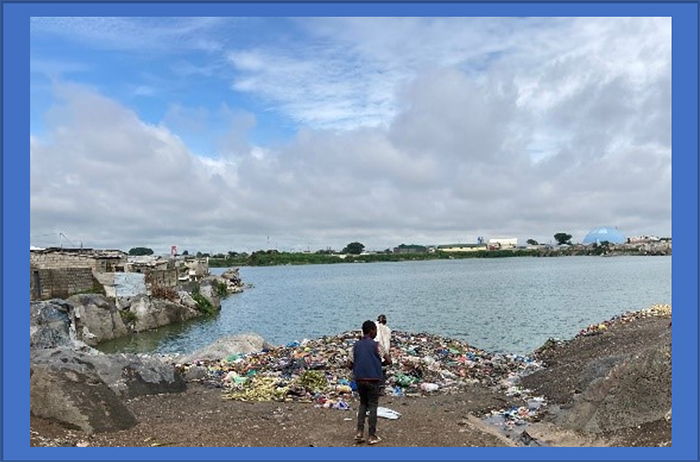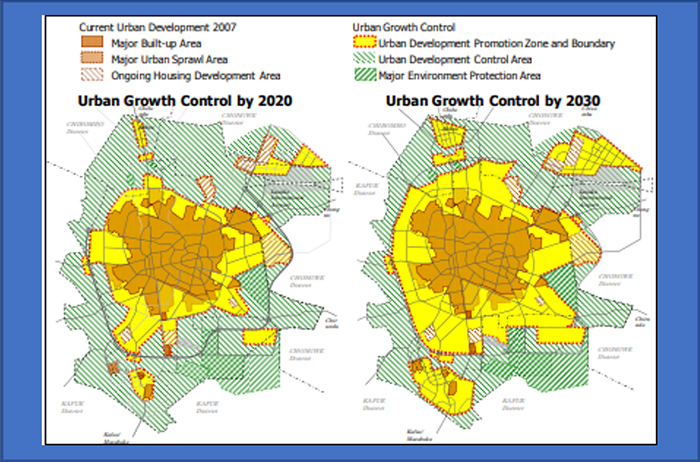Zambia and JICA Partner to Develop Comprehensive Regional Development Plan for Lusaka City
2023.09.12
Lusaka became the capital of Zambia (then Northern Rhodesia) in 1935. According to P.J. Bowlings of 1933, Lusaka was planned for a population of 20,000 Europeans. Lusaka’s population is now estimated at 3,181,250, about 16 times bigger than 90 years ago, and continues to increase. With this increase in population come a myriad of challenges including urban sprawl, inadequate housing and road infrastructure, inadequate water and sanitation supply, as well as inadequate social amenities.
In order to resolve these challenges, JICA, in collaboration with the Government of Zambia, undertook a Study aimed at the formulation of a comprehensive urban development master plan of Lusaka and master plans of sub-programs for urban transport development, water supply and sewerage development, and living environment improvement from August 2007 to March 2009. The Study carefully disseminated information and consensus building by participatory method with regards to the content of the master plan, result of the pre-feasibility study, social and environmental considerations, etc. by means of series of seminars, workshops, and exhibitions. As a result, the Master Plan was adopted under the Town and Country Planning Act of The Laws of Zambia on May 14, 2010, based on which various projects such as construction of trunk roads have been carried out.
14 years later, Lusaka has been experiencing population increase and city expansion beyond Lusaka much faster than expected. In addition, as Sustainable Development Goals (SDGs) became mainstream in Zambia, urban development of Lusaka cannot stand without SDGs.
In order to reflect the current situation and global demand, JICA has commenced “the Project for Formulation of Comprehensive Regional Development Plan for Greater Lusaka”, in close collaboration with Ministry of Local Government and Rural Development (MLGRD), as implementing ministry and Lusaka City Council (LCC). The project covers “Greater Lusaka”, which includes surrounding districts Kafue, Chilanga, Chongwe and Chibombo.
The Project will include sectors such as urban planning, social-economic framework, industrial development, transport, water supply, wastewater, drainage, solid waste management, green infrastructure, social infrastructure, and many more. Various Japanese experts under the sectors will be dispatched to Zambia to conduct surveys and other activities.
Once formulated, The Comprehensive Regional Development Plan for sustainable development and improvement of living condition for Greater Lusaka will be approved by the Government of Zambia and will be utilized as a middle and long-term policy and guideline. The Project will also incorporate capacity development for local authorities in its implementation to achieve the objective.


scroll